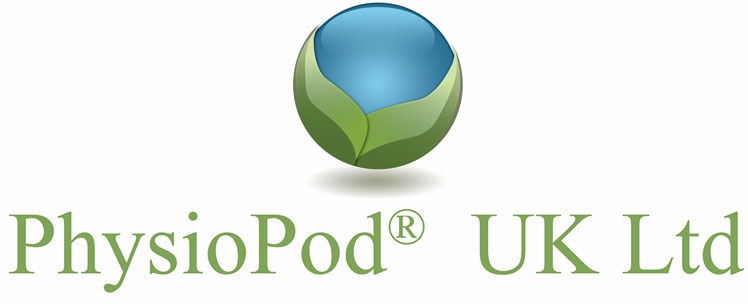Addressing Head and Neck Cancer Complications with Integrated Therapies By Monica Conway
As head and neck cancer rates increase and survival improves, managing post-treatment complications like lymphoedema is vital. This article explores how Deep Oscillation Therapy (DOT) combined with Manual Lymph Drainage (MLD) enhances patient quality of life

Monica Conway, MLD Ireland, MLD DLT Vodder Lymphoedema Practitioner
Head and neck cancers (HNC) have risen by 35% in the UK since the 1990s [1], with notable increases also observed in Ireland, rates in females have increased by more than a tenth (12%), and rates in males have increased by around a seventh (15%) (2017-2019) in 5 years. [2]
Improved survival rates are linked to multidisciplinary care and targeted therapies, leading to more patients needing management of complications, especially lymphoedema.
Therapists now see higher numbers of HNC survivors presenting with post-treatment issues like pain, scarring, lymphoedema, facial nerve damage, hearing loss, fibrosis, mucositis, xerostomia, dysphagia, fatigue, immunosuppression, and neuropathy. Early intervention is crucial for enhancing quality of life.
Treatment of HNC patients is diverse, considering the various levels of surgery involved and adjunct therapies like radiotherapy (RT) and chemotherapy. Considering this, almost every patient requires a specifically tailored treatment plan. The use of Deep Oscillation therapy (DOT) along with Manual Lymph Drainage (MLD) therapy is most used in Ireland to treat this cohort of patients.
Deep Oscillation Therapy is highly effective in managing post-radiation fibrosis. Treatment frequency settings typically range from high frequency (80 Hz to 200 Hz) to low frequency (5–25 Hz), adjusted according to the severity and extent of fibrosis. During the treatment of fibrosis, DOT is incorporated in conjunction with traditional Dr Vodder Manual Lymph Drainage techniques. DOT enhances conventional Manual Lymphatic Drainage (MLD) methods, resulting in more rapid and improved outcomes.
Scars located in areas of fibrotic tissue can complicate recovery, where radiation therapy has increased skin damage and sensitivity. Nevertheless, mobilisation of the scar tissue is essential, and DOT (160 Hz for 15 minutes, then reducing to 60 Hz for a further 15 minutes) is used alongside specialised scar mobilisation techniques to facilitate this process. Patients with head and neck cancer (HNC) commonly experience pain and discomfort; the combination of MLD and DOT has been shown to provide significant pain relief. For individuals exhibiting less fibrosis but substantial lymphoedema (LE), the application of DOT (80 Hz for 15 -30 mins) with MLD yields faster reduction in swelling compared to MLD alone.
References
1. Cancer Research UK, Head and Neck Cancer Statistics, 2025.

